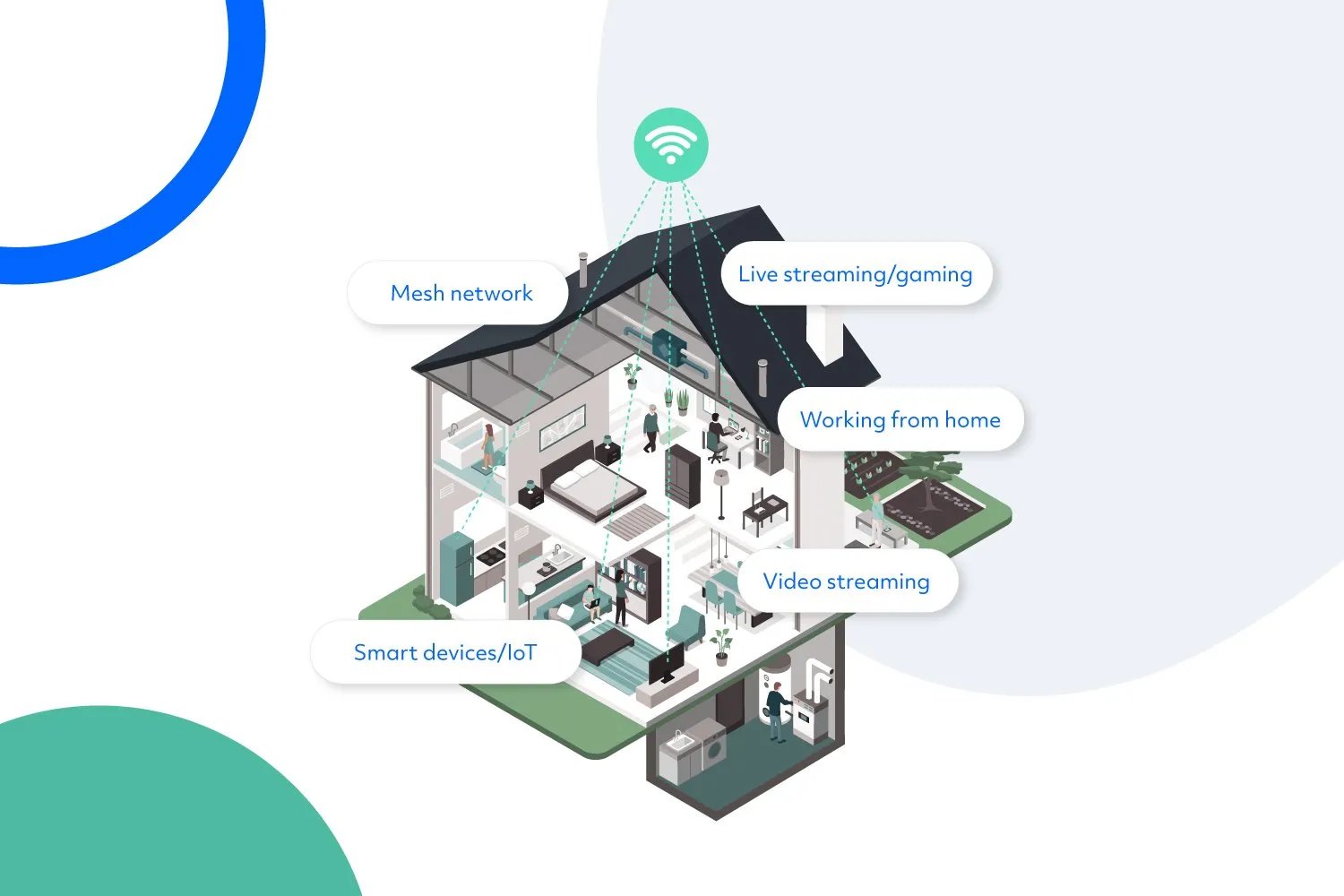Industry insights: Improving WiFi connectivity starts at home

Remember a couple of years ago when everyone only had a laptop computer, a mobile phone, and maybe a tablet? Since then, the number of connected devices in homes has exploded.
In fact, International Data Corporation (IDC) reports that global Internet of Things (IoT) spending is predicted to hit the $1.2 trillion mark in 2022. And by 2030, it’s expected that 500 billion devices will be connected to the internet. When you add in the streaming of music, movies, and even video games, the demand for IoT is starting to create some major bandwidth problems for consumers—problems that will only grow as households continue to add new devices. In the last three months of 2021 alone, more than 20% of households in North America, the U.K. and Ireland had around 15 or more connected devices, with many having more than 30.
Subscriber WiFi setups driving tech support interactions
Internet service providers (ISPs) around the globe are spending billions of dollars on improving services. Powerful data centers now send billions of bytes of data lightning-quick through a fiber optic network that spans the globe. But, while the data comes unbelievably quickly, it’s on the subscriber side where last-mile problems are significantly slowing down the data and driving tech support interactions. For some ISPs, as much as 50% of these problems are due to the home WiFi setup.
It’s also interesting to note that while households with multiple devices experience WiFi connectivity issues, not all of them are using WiFi extenders to help alleviate the problem. For example, of the 63% of households in Australia/New Zealand that had eight connected devices on their home network, only 23% were using a WiFi extender.
Connectivity fixes that don’t require tech support
Aside from completely rebuilding the entire internet infrastructure from the ground up, what is the solution? Are residential consumers and businesses destined to live with the ongoing frustration of slow bandwidth? The short answer is no—by educating subscribers on what they can do to reduce their bandwidth issues, ISPs can also cut down on the number of tech support calls and visits.
Here are a few easy fixes that ISPs can share with their subscribers to help reduce the strain on their tech support teams:
- Set the router on another WiFi channel. That may sound like a no-brainer, but recent data suggests that 25% of diagnostic scans reveal that a less congested WiFi channel is available but people aren’t switching over.
- Check for interference or blockages. One of the significant issues with routers in the home is interference or materials that can block the WiFi signal. The likeliest culprits are metal in heating ducts or steel beams, walls made from concrete or masonry, flooring made from thick timber, and appliances like microwaves or TVs.
- Change the router location. An easy solution is to move the router to another area in the home. This can help consumers avoid issues like interference, and helps signal reach into more areas of the home.
- Upgrade WiFi plan as more devices are added. Having the cheapest plan with the lowest data rates might work for someone who has one or two connected devices. But many people experience bandwidth issues because they don’t have a data plan that matches their device needs—so these users should consider upgrading. Every new device added to a home or office network competes for shared resources and increases the opportunity for a poor subscriber experience. Once a network hosts more than six or seven devices, it’s likely that at least one device will suffer from a bad connection.
By finding ways to optimize connection speeds, residential and business users can quickly access the content they want and spend less time waiting for pages to load or videos to play.
